Forestry Carbon Offsets
This report was last updated in September 2022.
Preventing deforestation plays a key role in reducing climate change, but forest carbon offsets suffer from two main problems that make it difficult to know their actual impact: permanence and leakage. For example, trees must stay alive for many years to keep CO2 out of the atmosphere but face numerous threats (e.g., wildfires, tree disease). Additionally, some forestry offset projects may shift where deforestation occurs and thus have no net effect on avoided emissions and carbon removal. This leakage adds a layer of uncertainty to any forest project that is very difficult to account for. Therefore, reliable measurement, reporting, and verification of greenhouse gas mitigation are highly important for forestry offsets. However, we have not found any forest offsets that we feel confident recommending. We would consider searching for high-quality projects that can resolve these difficulties.
Overview
Forest conservation, improved forest management, and afforestation/reforestation projects have gained popularity as “nature-based” solutions to fighting climate change. This trend makes sense, as deforestation contributes around 8% of the world’s annual carbon dioxide (CO2) emissions (Gibbs et al., 2018), and the revitalization of forests can be a vital carbon removal solution. Nature-based projects have received substantial financial support from companies like Apple, which launched a $200 million Restore Fund in 2021 (Lyons, 2021); Amazon, which launched a $100 million restoration fund in 2019 (Palmer, 2020); Netflix (Calma, 2021); and others to help achieve their net-zero climate goals. Additionally, the World Economic Forum established an initiative to plant 1 trillion trees by 2030 (Samuels, 2020).
This increased interest in supporting forest conservation and tree-planting comes as the world’s tropical forests lost 12.2 million hectares of tree cover in 2020 (roughly the area of Pennsylvania) (Roesinger, 2021), a 12% increase from the year before. In addition, the speed of ongoing deforestation led to many degraded forests becoming carbon sources instead of carbon sinks (Murphy & Mooney, 2019). The increased global attention to addressing this challenge warrants a deeper look into forest carbon offsets.
Forests as a carbon offset: types of carbon offsets
An analysis by Carbon Direct found that forest offset projects made up roughly 60% of carbon credits available in voluntary markets between 2015-2020 (Mitchell-Larson & Bushman, 2021). Forest offset projects generally fund non-governmental organizations (NGOs) working to protect or increase forest cover. There are three types of projects (Parajuli et al., 2019):
- Avoided conversion – Avoided conversion projects identify forested land under threat of deforestation and take specific actions to prevent deforestation.
- Improved forest management (IFM) – IFM is any change from conventional logging that reduces net emissions (Griscom & Cortez, 2013). IFM practices include reducing environmental damages from logging, identifying and creating conservation zones, and enabling tree growth and regeneration.
- Afforestation/reforestation – Afforestation and reforestation increase forest cover by adding new trees. Afforestation plants trees in areas where there were no trees before, while reforestation plants trees in forests that have been depleted.
Mechanism
Forest projects have the potential to remove CO2 from the atmosphere and avoid CO2 emissions.
- Carbon removal – Living trees remove carbon by fixing CO2 from the atmosphere and converting it into carbohydrates, which the trees need to function and make wood for growth. Trees store this carbon in their trunk, branches, leaves, and roots. Some of this carbon is released by the tree while the tree is still alive. For example, trees ‘exhale’ some CO2 at night when photosynthesis ceases due to lack of sunlight.
- Avoided carbon emissions – Trees lock up most of their carbon for as long as they are alive. When these trees die and decompose, they become a source of greenhouse gases (GHGs) by releasing their stored carbon. Protecting trees from destruction helps avoid carbon loss.
The three types of carbon offset projects primarily use the mechanisms described below:
Table 1: Carbon offset project type and mechanism for mitigating climate change
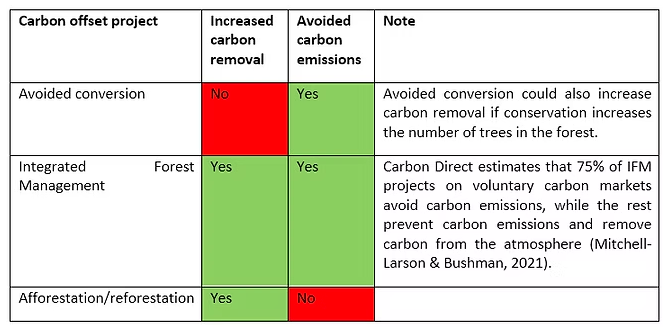
Causality
There is uncertainty on how much forests impact cooling.
Many climate scientists believe that increasing forest cover is a critical tool in fighting climate change. However, there are challenges related to accurate measurement, reporting, and verification of GHG emissions. For example, there is considerable uncertainty on how much carbon is stored in forests and how much carbon they gain and lose. Sources of uncertainty include the following (Petrofsky et al., 2021):
- Difficulties accessing remote forests
- Limited inventory (e.g., field measurements limited to small areas)
- Forests’ large extent
Additionally, the impact of trees on the climate is complex because trees release a variety of gases into the atmosphere and also impact the earth’s reflectivity (albedo) (Popkin, 2019).
- Emitting other gases into the atmosphere – Although direct carbon capture has a cooling effect, trees emit other gases into the atmosphere (Pearce, 2019), some of which may have warming effects. For example, trees can be a methane source by (1) acting as a conduit for methane produced by microorganisms in the soil and/or (2) releasing methane from its decomposing parts. Additionally, trees also release volatile organic compounds such as isoprene, which has both warming and cooling effects.
- Impacting albedo – Trees can affect warming by changing how much solar radiation the earth reflects. For example, conifers with dark leaves in far northern forests have a lower albedo than their surrounding snow cover, which is highly reflective. Planting dark trees in this area would increase the amount of solar radiation absorbed, which could reduce or even eliminate the positive effects of their carbon capture. Forestry projects that are based in the tropics are less likely to be impacted by the albedo effect.
Ultimately, projects focused on improving forest cover likely increase carbon storage on average but there is uncertainty on each project’s mitigation potential. Furthermore, each project must be appropriate to the local context.
It is challenging to compare forest projects against their counterfactuals.
Even when we assume that increasing the number of trees unambiguously fights climate change, establishing the causality and additionality of any forest project on carbon sequestration benefits can be difficult. For example, some forest offset projects aim to prevent deforestation by paying landowners not to cut down their trees - but how can you know that they would have cut down the trees without the credit?
Third-party voluntary certifying organizations like Verra and Gold Standard try to address concerns related to causality and additionality by (1) selling offsets that meet detailed standards and (2) requiring projects to document the history of the land and suggest what would have happened under the counterfactual (e.g., in the absence of credits). However, there is limited rigorous evidence of valid counterfactuals. For example, CarbonPlan uncovered systematic over-crediting of forest offsets under California’s forest offset program (Badgley et al., 2021). The difference between how much CO2 was supposedly and actually offset was about 30 million tons of CO2, at a cost of $400 million. This over-crediting happened because project developers created faulty counterfactual baselines and therefore overstated the projects’ climate benefits. In addition, a study that examined 12 projects in the Brazilian Amazon found that the projects overstated carbon emissions reductions partly because the baselines they used were based on historical trends of deforestation that were no longer realistic (West et al., 2020). Without a convincing counterfactual, it is hard to trust claims of how much forestry projects avoided CO2 emissions or removed CO2 from the atmosphere.
Forest projects can lead to leakage.
Forest projects can suffer from leakage when projects that prevent deforestation in one area cause tree destruction to occur in a different location. Leakage is likely to happen if projects do not address the underlying demand for non-forested land. For example, a project in Brazil might protect a specific forested area from being converted to pasture land, but shift deforestation to another forest if the ranchers’ demand for agricultural land and income goes unmet. Leakage can also occur under afforestation projects when people are incentivized to cut down mature forests to have clear land for planting new trees. Leakage risks depend heavily on the underlying reason for deforestation and the outside options for the people demanding deforestation.
Difficulties in measuring carbon removal and avoidance can lead to exaggerated claims.
Forest carbon offset projects typically neither measure GHG emissions directly nor quantify other contributions to warming, presumably because doing so would be prohibitively expensive. Instead, people often model avoided emissions and CO2 removed based on the number and species of trees planted, managed, or conserved. However, project developers are incentivized to exaggerate claims about the number and type of trees in their forests, as well as the benefits of their forest management practices. Third-party voluntary certifying agencies address this by requiring periodic audits, but the program implementers generally contract these themselves, which presents a conflict of interest.
There are few rigorous impact evaluations of forest interventions.
There are few rigorous impact evaluations of forest interventions in the public policy literature. We describe a few examples below:
- Payments for Ecosystem Services (PES)
- In a randomized controlled trial for a PES program in Uganda, farmers were paid not to cut down their trees (Jayachandran et al., 2017). The researchers found decreased deforestation compared to control areas and established that leakage was unlikely to occur.
- A separate study of a government-run PES program, this time implemented in Mexico, found a reduced rate of tree cover loss in areas enrolled in the program compared to areas that were not (Department of Applied Economics, Oregon State University et al., 2018). Although overall rates of observed forest cover change were low, some areas at an exceptionally high risk of deforestation saw reductions of 40 percent in tree cover loss.
- Afforestation/reforestation – A study published in 2021 mapped over 400 tree plantations in India planted between 1980 and 2017 and raised serious questions about the success of tree planting and forest restoration campaigns, finding no change in tree canopy cover across the plantations studied (Coleman et al., 2021). Potential reasons for this could be low survival rates of planted trees and tree planting where canopy cover is already dense.
Our assessment of causality
Overall, it is challenging to validate the causality of any given forest project, and for that reason, we assessed causality as low (or at least uncertain) for many forest projects. Companies have emerged to track forest activities better, estimate CO2 levels, and identify leakage using satellite imagery, LiDAR imaging, and artificial intelligence. However, it is still too early to determine whether these technologies can address causality concerns successfully at scale. For more information, please see the section, “Closing the Quality Gap.”
Additionality
Project-level additionality
Forest conservation programs are usually run by NGOs dependent on outside funding or private sector project developers. For NGO-run projects, it seems reasonable to assume that income from offsets is directly fueling project operations, allowing more activities than without them. Therefore, for these projects, we assess project-level additionality as high. However, sometimes forest offsets are related to enterprises looking to profit by selling lumber. In these cases, the effort may have been profitable without offsets, and therefore it may not satisfy project-level additionality.
Marginal additionality
Marginal additionality means that each additional offset purchased contributes to reduced emissions. This is an important requirement for projects to work as advertised: the purchase of every single offset must cause extra GHG reduction. Forest projects generally need continuous revenue flow to keep operating and can use the additional funding to expand their work. Therefore, we believe that a well-functioning forest project is likely to satisfy marginal additionality. However, a well-functioning forest project would need to demonstrate that offset revenues led to carbon removal or avoidance each year.
Buyers should consider the vintage of the forest offset project as well. Vintage refers to the year the emissions reduction took place. For forest projects where emissions reductions took place many years in the past, we would assess the marginal additionality as low.
Permanence
The length of carbon storage depends on tree survival.
Trees do not store carbon permanently because they will release much of their stored carbon back into the atmosphere when they eventually die. Therefore, the ability of trees to reduce levels of CO2 in the atmosphere and avoid carbon loss depends on their survival.1
Forests face natural and manmade threats of destruction.
Risks to permanence can be unintentional (e.g., wildfires, pests, and tree disease) or intentional (e.g., logging and arson). To address the risks related to reversal, voluntary certifying agencies assign a risk score to forest projects and require projects to place a risk-related proportion of credits into a risk buffer pool; reserved credits in the risk buffer pool can be used to compensate for reversals. However, it is unclear whether future monitoring of reversals will be adequate and if the buffer pool will be enough to account for them. For instance, a recent report by CarbonPlan questions whether the buffer pool in forest offsets in California’s cap and trade market is sufficient given the forests’ increased susceptibility to forest fires (Herbert et al., 2020). Meanwhile, over 150,000 acres of forested areas along America’s West Coast that were previously used as forest offsets burned to the ground in Summer 2021 alone (Pardikar, 2021). Recent reports suggest that typical buffer pools put in place (10-20% of the total project) are straining as wildfires, disease, and pests multiply (Wolfe & Yellin, 2021).
Our assessment of permanence
Permanence is an essential consideration because CO2 can remain in the atmosphere for anywhere between 300 and 1,000 years (Buis, 2019). Therefore, it is questionable for forest projects to credibly claim long-term climate benefits if their advertised benefits have a high risk of being reversed within a few years or decades. Overall, permanence is a persistent issue in forest projects, as it is tough to guarantee an emissions reduction with a temporary project permanently. As a result, we assess the permanence of many forest offset projects as low.
1 The conservation program studied in Jayachandran et al. (2017) only lasted two years, and the authors do not claim permanence. Instead, they assume that deforestation will likely resume once the program ends and that the project’s benefit came from delaying the deforestation.
Cost-effectiveness
According to Forest Trends Ecosystem Marketplace, the average price of forestry and land-use offsets within voluntary carbon markets was $4.73 per metric ton of CO2-equivalent (CO2-eq) as of September 2021 (Donofrio et al., 2021). However, most forest projects are avoidance-based, so this price mainly reflects the cost of avoidance projects. Projects that provide carbon removal tend to be more expensive as they require significant effort to plant new trees and, ideally, maintain and monitor their growth. In 2018, afforestation and reforestation projects claiming carbon removal benefits had an average price of $5.70 per metric ton of CO2-eq (Donofrio et al., 2019). While these prices are low relative to other forms of emissions avoidance and carbon removal, their cost per actual ton of CO2-eq is difficult to assess, given questions about causality and permanence. For example, increasing buffer pools to compensate for trees dying during the life of a project would significantly increase the cost. Additionally, to permanently offset carbon emissions, the program would have to be run in perpetuity, making the offset cost prohibitively high.2
CarbonPlan recently developed a tool to estimate the equivalent cost of making a temporary project’s carbon removal benefits permanent via continued renewal. We applied the below conditions for a tree-planting program to determine the cost of ensuring its carbon removal benefits over 1,000 years:
- The project costs $6 per metric ton of CO2-eq today
- The project lasts 20 years and is renewed every 20 years for the next 1,000 years.
- The project has a 10 percent annual risk of failure due to risks such as forest fires.
- There is a 3 percent discount rate on future costs.
After entering these conditions into the tool, we found that buyers should budget around $29 per metric ton of CO2-eq for a project that only costs $6 per metric ton of CO2-eq today to deliver carbon removal benefits on a 1,000-year basis. However, implementing 20-year projects repeatedly over 1,000 years would be challenging.
In another scenario, we assumed that after 60 years of renewing 20-year-long projects, we would replace the project with a direct air capture project that permanently removes carbon at the cost of $200 per metric ton of CO2-eq, which is well below today’s average cost for our recommended permanent carbon removal providers. In this scenario, the budgeted price increases to $110 per metric ton of CO2-eq (plus or minus $6), much higher than the advertised $6 per metric ton price.
Ultimately, buyers should be aware that forest projects’ costs do not reflect their permanence and causality challenges.
2 Jaychandran et al., (2017) found that its conservation program was lower than the social cost of carbon even when only considering a delay in deforestation. Its conclusion came from a calculation that relied on an assumed discount rate and the evolution of the social cost of carbon over time. However, we do not have a high degree of confidence that a short-term program would be cost-effective.
Co-benefits and adverse effects
Co-benefits to forest projects include preserved biodiversity, decreased risk of zoonotic disease outbreaks, improved water quality, and increased recreation opportunities. Some projects can increase income-generating opportunities, while others can hinder these opportunities, depending on land tenure and other considerations. Also, forestry projects can have adverse effects, such as decreased land and resources for agriculture and increased risks of reduced biodiversity, intensified struggles over controlling land, and displacement of people who depend on the forests. People will need to assess co-benefits and adverse effects on a project-to-project basis because they are context-specific.
Assessment of forest projects
Overall, our assessment of forest projects puts us in a difficult situation. Forest projects play an important role in reducing climate change, but there is no reason to believe that these projects will happen based on market forces. Therefore, there is a need for additional funding for protection, and the offset market provides an opportunity to achieve this funding. For a high-quality project, funding conservation likely is one of the most cost-effective ways to lower GHG emissions.
However, assessing the causal impact of any offset on GHG reduction is extremely difficult, and we do not believe that the certification procedures put in place by the offset certifiers give a high enough level of certainty for us to recommend a cost-effective funding opportunity. We are not the only ones to come to this conclusion on forest offsets. For instance, a guide to assessing the validity of carbon offsets categorizes forest offsets as “higher risk” of being low quality due to concerns about additionality and permanence (Broekhoff et al., 2019).
While high-quality forest projects certainly deserve funding, the offset market may not currently be the optimal mechanism to deliver this funding. Offsets require high standards of certainty that are challenging for forest projects to meet. Additionally, given that offsets need to be centered around carbon accounting, it is too narrow of a framework to account for the myriad co-benefits that trees provide.
Finding high-quality forest projects
Forest offsets are among the most popular offsets available in voluntary carbon markets. However, the numerous projects behind these offsets vary significantly in quality, cost, and co-benefits. The popularity, variety, and challenges associated with forest offsets prompted us to consider what features we would expect to see in a forest offset project that would make us confident in recommending it. We would consider evaluating a forest project if it demonstrated the following:
- Causality: The project would need to show a clear causal impact, meaning:
- An identified counterfactual that shows deforestation happening or lower carbon stock without the project.
- A sophisticated analysis demonstrating that leakage is not happening.
- The project takes place in geographies where increased absorption of solar radiation is not a concern.
- Marginal additionality: The project is currently active, and the funding received is applied towards the continued advancement of the specific climate benefits claimed.
- Permanence: The project demonstrates a low risk of reversal and has the means to monitor setbacks. For example, the forested area would need a track record of low risk of a forest fire or widespread tree disease. Additionally, a strong buffer pool helps address permanence risks. We would also need to know how long the project will be funded for and whether it has a plan to be replaced with carbon removal purchases.
- Adverse effects: The project does not harm or disrupt the livelihoods of individuals living in nearby communities.
Closing the quality gap
Recently, organizations have leveraged new approaches and technological innovations to attempt to address some of the challenges underlying many forest projects. These efforts include:
Pachama
Pachama is a broker of existing forest offset projects. It uses remote sensing tools (e.g., airborne LIDAR and satellite imaging) and artificial intelligence for each of its forest projects to estimate how much carbon they store and track whether they are losing trees. To determine additionality, the company uses historical remote sensing data to compare deforestation rates in unprotected versus protected areas. It also monitors for leakage in the unprotected areas surrounding a project. Based on its analyses, Pachama identifies certified forest carbon credits where it believes the underlying assumptions are credible and resells them on its marketplace. Pachama’s technologies could help improve the measurement of the causal impact of a forest project. However, some gaps remain in accurately measuring carbon stock, eliminating counterfactual concerns, and addressing permanence issues. For example, the cost of acquiring LIDAR data has made time series data on forest ecology relatively rare (Beland et al., 2019).
NCX
NCX utilizes forest mapping techniques to predict carbon stock across US forests and then facilitates an exchange between landowners and offset buyers to defer timber harvests. NCX’s key technological innovation is a detailed “base map” that estimates the predicted deforestation for every plot of forested land in the United States. Aside from claiming to quantify carbon stock more accurately, NCX has a unique approach to permanence. Namely, its projects only delay tree-cutting by one year, and it sells a guarantee of this delay to credit purchasers. It claims that delaying tree-cutting on 31 acres for one year is equivalent in terms of avoided emissions to permanently avoiding tree-cutting on one acre. NCX attempts to address leakage concerns by requiring landowners to enroll their entire properties on its platform and making its platform available to small landowners. However, we still have concerns about additionality (e.g., attracting landowners who were not going to cut down their forests), market-level leakage, and the actual value of one-year contracts. Additionally, CarbonPlan has published a critique of NCX’s carbon accounting methods and identified two primary issues related to the discount rate that NCX used in its ton-year accounting (Cullenward et al., 2022). As of May 2022, CarbonPlan noted that NCX has not yet engaged with the content of CarbonPlan’s critique.
Jurisdictional REDD+, Architecture for REDD+ Transactions, and Emergent
Reducing emissions from deforestation and forest degradation, plus the sustainable management of forests, and the conservation and enhancement of forest carbon stocks (REDD+) is a United Nations-backed framework that helps mitigate climate change. REDD+ helps countries value forests based on their carbon and ecosystem benefits and establishes financial incentives for avoided conversion, IFM, and afforestation/reforestation. Some carbon offsets build off of the REDD+ framework.
Jurisdictional REDD+ refers to an accounting framework that establishes consistent baselines and carbon crediting approaches across forest projects within a jurisdiction, such as a state or country. Some proponents believe that taking a jurisdictional approach to REDD+ reduces the risk of leakage because compared to project-scale interventions, jurisdictional interventions can take place over a larger area and address a broader range of deforestation drivers (Seymour, 2020). Initiatives like Architecture for REDD+ Transactions (ART) are developing standardized procedures to improve the integrity of crediting emissions reductions and removals in REDD+ projects and enhancing comparability across jurisdictions. Project developers like Emergent serve as intermediaries between tropical forest countries and the private sector to facilitate transactions that meet ART’s verification standards.
Common challenges that jurisdictional scale programs face include the following (Fishbein & Lee, 2015):
- The need for government leaders and other stakeholders to see REDD+ projects as valuable and compelling enough to drive long-term changes in development (e.g., convincing ranchers to change their management practices)
- The size and complexity of jurisdictional programs, which can lead to gaps in capacity and resources
- Risks due to changes in government (e.g., new leadership from a different party)
- Bureaucratic turnover
- Lack of land tenure
Our assessment of attempts to close the quality gap
The above organizations and initiatives attempt to address different challenges, from causality and additionality to leakage and permanence. If these attempts result in projects that meet the criteria we outlined above, we would consider re-investigating the cost-effectiveness of forest offset projects.
Giving Green is always willing to update our views and make changes to our recommendation as more information comes to light. This work is preliminary and subject to change. Questions and comments are welcome.
References
Badgley, G., Freeman, J., Hamman, J., Haya, B., Trugman, A., Anderegg, W. R. L., & Cullenward, D. (2021, April 29). Systematic over-crediting of forest offsets – CarbonPlan. https://carbonplan.org
Beland, M., Parker, G., Sparrow, B., Harding, D., Chasmer, L., Phinn, S., Antonarakis, A., & Strahler, A. (2019). On promoting the use of lidar systems in forest ecosystem research. Forest Ecology and Management, 450, 117484. https://doi.org/10.1016/j.foreco.2019.117484
Broekhoff, D., Gillenwater, M., Colbert-Sangree, T., & Cage, P. (2019). Securing Climate Benefit: A Guide to Using Carbon Offsets.
Buis, A. (2019, October 9). The Atmosphere: Getting a Handle on Carbon Dioxide. Climate Change: Vital Signs of the Planet. https://climate.nasa.gov/news/2915/the-atmosphere-getting-a-handle-on-carbon-dioxide
Calma, J. (2021, March 30). Netflix lays out plans to slash its greenhouse gas emissions. The Verge. https://www.theverge.com/2021/3/30/22353098/netflix-greenhouse-gas-emissions-climate-change-goals
Coleman, E. A., Schultz, B., Ramprasad, V., Fischer, H., Rana, P., Filippi, A. M., Güneralp, B., Ma, A., Rodriguez Solorzano, C., Guleria, V., Rana, R., & Fleischman, F. (2021). Limited effects of tree planting on forest canopy cover and rural livelihoods in Northern India. Nature Sustainability, 4(11), 997–1004. https://doi.org/10.1038/s41893-021-00761-z
Cullenward, D., Chay, F., & Badgley, G. (2022, January 31). A critique of NCX’s carbon accounting methods. CarbonPlan. https://carbonplan.org/blog/ton-year-ncx
Department of Applied Economics, Oregon State University, Economics Department, Environmental Studies Affiliate, Amherst College, Development Research Group, The World Bank, & Evaluation Department, National Forestry Commission of Mexico. (2018, June 17). Evaluating Mexico’s Payment for Environmental Services Scheme. https://www.profor.info/knowledge/evaluating-mexico%E2%80%99s-payment-environmental-services-scheme
Donofrio, S., Maguire, P., Merry, W., & Zwick, S. (2019). Financing Emissions Reductions for the Future: State of the Voluntary Carbon Markets 2019. Forest Trends. https://www.forest-trends.org/wp-content/uploads/2019/12/SOVCM2019.pdf
Donofrio, S., Maguire, P., Myers, K., & Daley, C. (2021). Forest Trends’ Ecosystem Marketplace. 2021. ‘Market in Motion’, State of Voluntary Carbon Markets 2021, Installment 1. Forest Trends Association.
Elgin, B. (2020, December 9). JPMorgan, Disney, Blackrock Buy Nature Conservancy’s Useless Carbon Offsets. Bloomberg. https://www.bloomberg.com/features/2020-nature-conservancy-carbon-offsets-trees/
Fishbein, G., & Lee, D. (2015). Early Lessons from Jurisdictional REDD+ and Low Emissions Development Programs. https://www.nature.org/media/climatechange/REDD+_LED_Programs.pdf
Gibbs, D., Harris, N., & Seymour, F. (2018). By the Numbers: The Value of Tropical Forests in the Climate Change Equation. https://www.wri.org/insights/numbers-value-tropical-forests-climate-change-equation
Griscom, B. W., & Cortez, R. (2013). The Case for Improved Forest Management (IFM) as a Priority REDD+ Strategy in the Tropics. Tropical Conservation Science, 6(3), 409–425. https://doi.org/10.1177/194008291300600307
Gupta, J. (2012). Glocal forest and REDD+ governance: Win–win or lose–lose? Current Opinion in Environmental Sustainability, 4(6), 620–627. https://doi.org/10.1016/j.cosust.2012.09.014
Herbert, C., Stapp, J., Badgley, G., Anderegg, W. R. L., Cullenward, D., Hamman, J., & Freeman, J. (2020, September 17). Carbon offsets burning. CarbonPlan. https://carbonplan.org/research/offset-project-fire
Jayachandran, S., de Laat, J., Lambin, E. F., Stanton, C. Y., Audy, R., & Thomas, N. E. (2017). Cash for carbon: A randomized trial of payments for ecosystem services to reduce deforestation. Science, 357(6348), 267–273. https://doi.org/10.1126/science.aan0568
Lyons, K. (2021, April 15). Apple launches $200 million fund for climate change. The Verge. https://www.theverge.com/2021/4/15/22385552/apple-200-million-fund-climate-change-environment
Mitchell-Larson, E., & Bushman, T. (2021). Carbon Direct Commentary: Release of the Voluntary Registry Offsets Dataset. Carbon Direct. https://carbon-direct.com/wp-content/uploads/2021/04/CD-Commentary-on-Voluntary-Registry-Offsets-Database_April-2021.pdf
Murphy, Z., & Mooney, C. (2019, January 29). Gone in a generation: Montana’s forests have swung from pulling carbon dioxide out of the air to putting it back again. - Washington Post. https://www.washingtonpost.com/graphics/2019/national/gone-in-a-generation/forest-climate-change.html
Palmer, A. (2020, April 21). Amazon invests $10 million to help conserve forests as part of climate change plan. CNBC. https://www.cnbc.com/2020/04/21/amazon-invests-10-million-for-forest-conservation-in-climate-change-plan.html
Parajuli, R., Megalos, M., Ruseva, T., Chizmar, S., & Fisher, M. (2019, July 10). An Introduction to Forest Carbon Offset Markets. NC State Extension Publications. https://content.ces.ncsu.edu/an-introduction-to-forest-carbon-offset-markets
Pardikar, R. (2021, August 31). California’s Forest Carbon Offsets Are Burning Amid Record Fires. Gizmodo. https://gizmodo.com/climate-progress-is-on-fire-1847591945
Pearce, F. (2019, June 24). Scientists Zero in on Trees as a Surprisingly Large Source of Methane. Yale Environment 360. https://e360.yale.edu/features/scientists-probe-the-surprising-role-of-trees-in-methane-emissions
Petrofsky, G., Kanamaru, H., Achard, F., Goetz, S. J., Joosten, H., Holmgren, P., Lehtonen, A., Menton, M. C., Pullin, A. S., & Wattenbach, M. (2021). Comparison of methods for measuring and assessing carbon stocks and carbon stock changes in terrestrial carbon pools. How do the accuracy and precision of current methods compare? A systematic review protocol. Environmental Evidence. https://doi.org/10.1186/2047-2382-1-6
Popkin, G. (2019). How much can forests fight climate change? Nature, 565(7739), 280–282. https://doi.org/10.1038/d41586-019-00122-z
Roesinger, A. (2021, August 4). What Happened to Global Forests in 2020? Global Forest Watch Blog, Global Forest Watch Content. https://www.weforest.org/newsroom/latest-news-worlds-forests
Samuels, B. (2020, January 21). Trump announces the US will join 1 trillion tree initiative [Text]. The Hill. https://thehill.com/homenews/administration/479087-trump-announces-the-us-will-join-1-trillion-tree-initiative/
Seymour, F. (2020). INSIDER: 4 Reasons Why a Jurisdictional Approach for REDD+ Crediting Is Superior to a Project-Based Approach. https://www.wri.org/insights/insider-4-reasons-why-jurisdictional-approach-redd-crediting-superior-project-based
West, T. A. P., Börner, J., Sills, E. O., & Kontoleon, A. (2020). Overstated carbon emission reductions from voluntary REDD+ projects in the Brazilian Amazon. PNAS. https://doi.org/10.1073/pnas.2004334117
White, J. C., Coops, N. C., Wulder, M. A., Vastaranta, M., Hilker, T., & Tompalski, P. (2016). Remote Sensing Technologies for Enhancing Forest Inventories: A Review. Canadian Journal of Remote Sensing. https://doi.org/10.1080/07038992.2016.1207484
Wolfe, D., & Yellin, T. (2021, July 22). Bootleg Fire is burning up carbon offsets. CNN. https://www.cnn.com/2021/07/22/weather/bootleg-oregon-fire-carbon-offsets/index.html
Support Our Work
Giving Green Fund
One fund. Global impact. One hundred percent of your gift supports a portfolio of high-impact climate organizations, vetted by our research.
Best for:
Donors who want the simplest way to impact multiple climate solutions.
Top Climate Nonprofits
Meet the organizations on Giving Green’s list of high-impact nonprofits working to decarbonize our future, identified through our rigorous research.
Best for:
Donors who want to give directly and independently.
Support Our Work
We thoroughly research climate initiatives so you can give with confidence. For every $1 we receive, our work unlocks another $21 for effective climate solutions.
Best for:
Donors who want to amplify their impact through research.


.png)
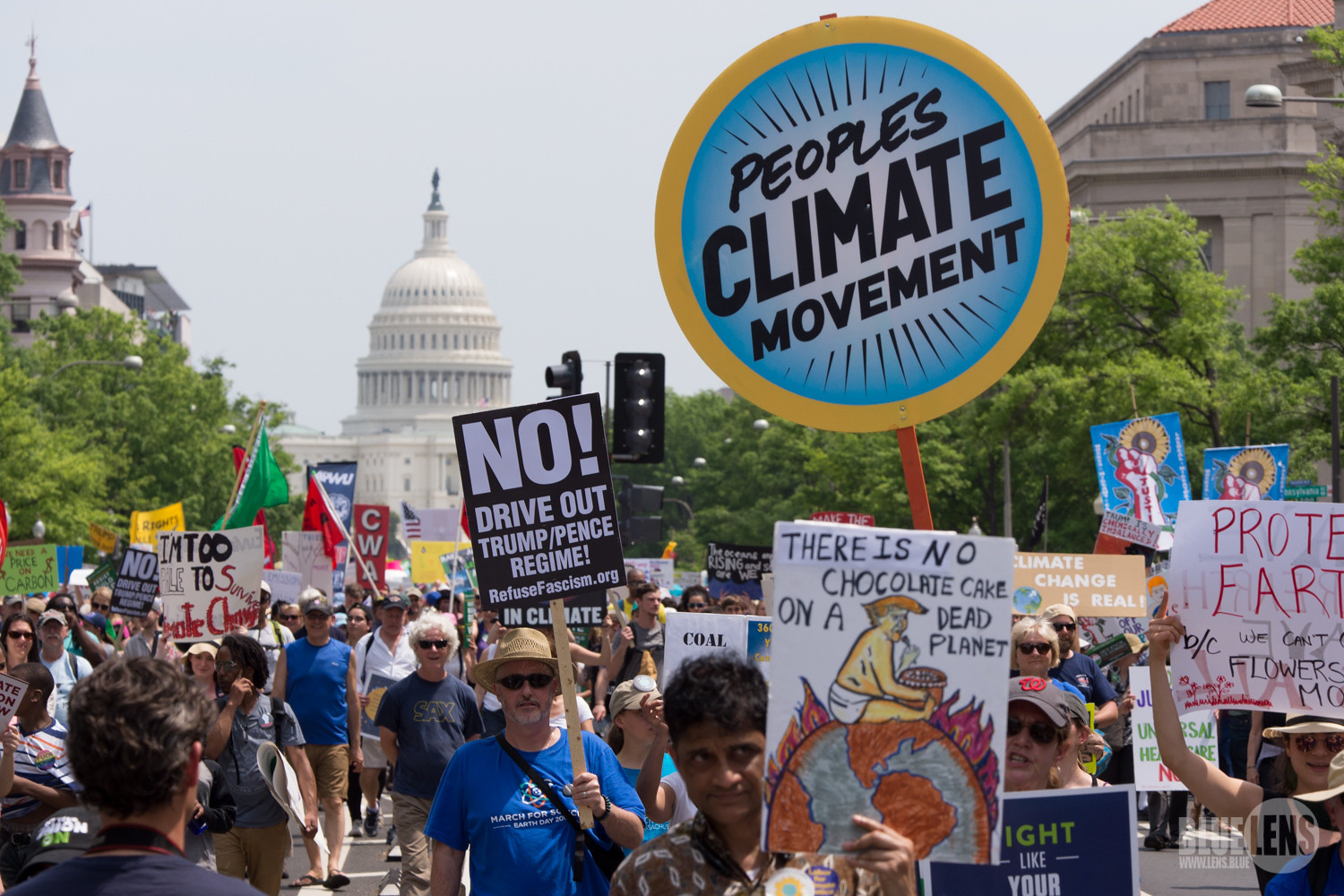
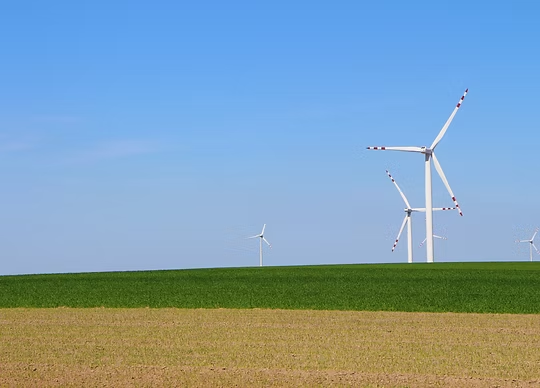
.png)


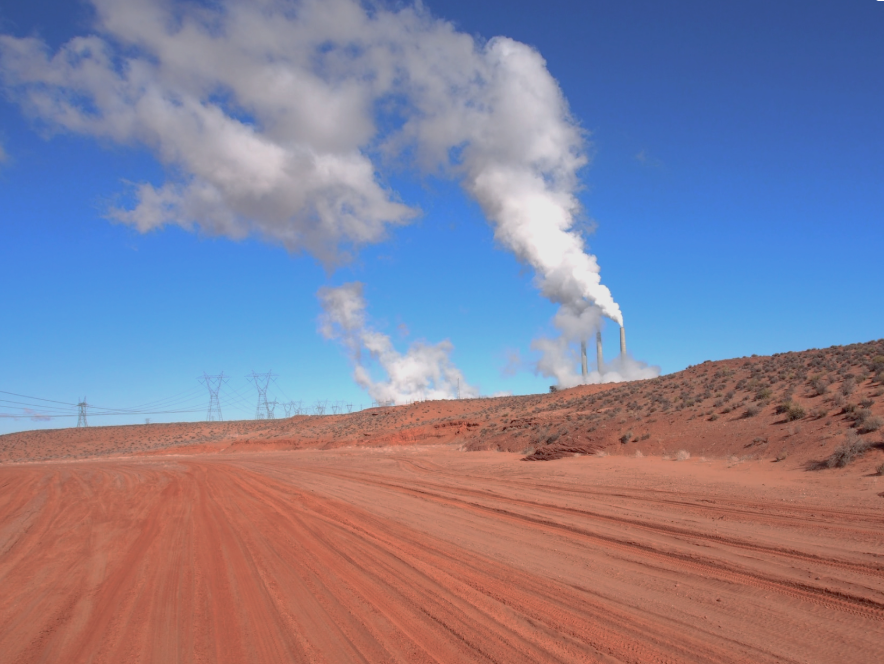

.png)
.png)


.png)


.png)

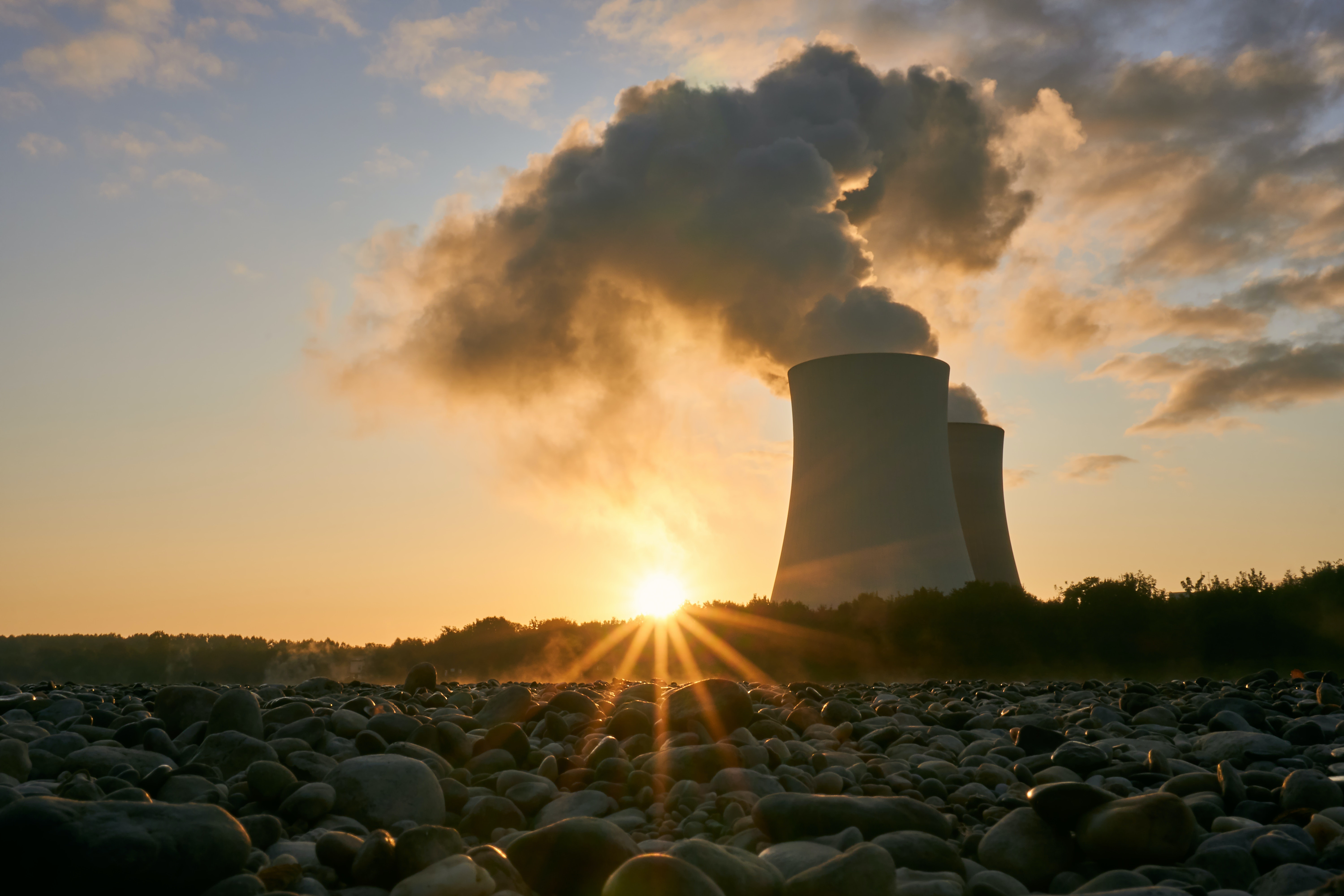
.png)
.png)

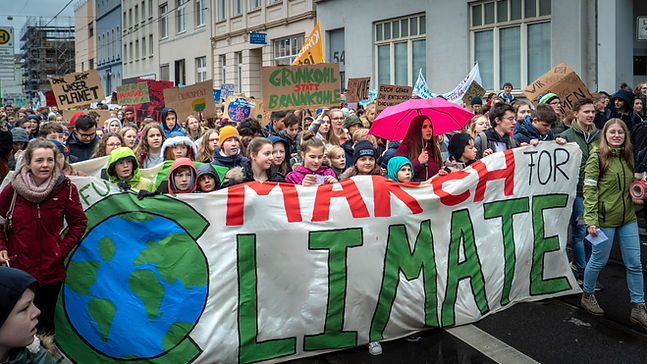




.png)

.png)

.png)
.jpg)
.png)
.png)
.png)
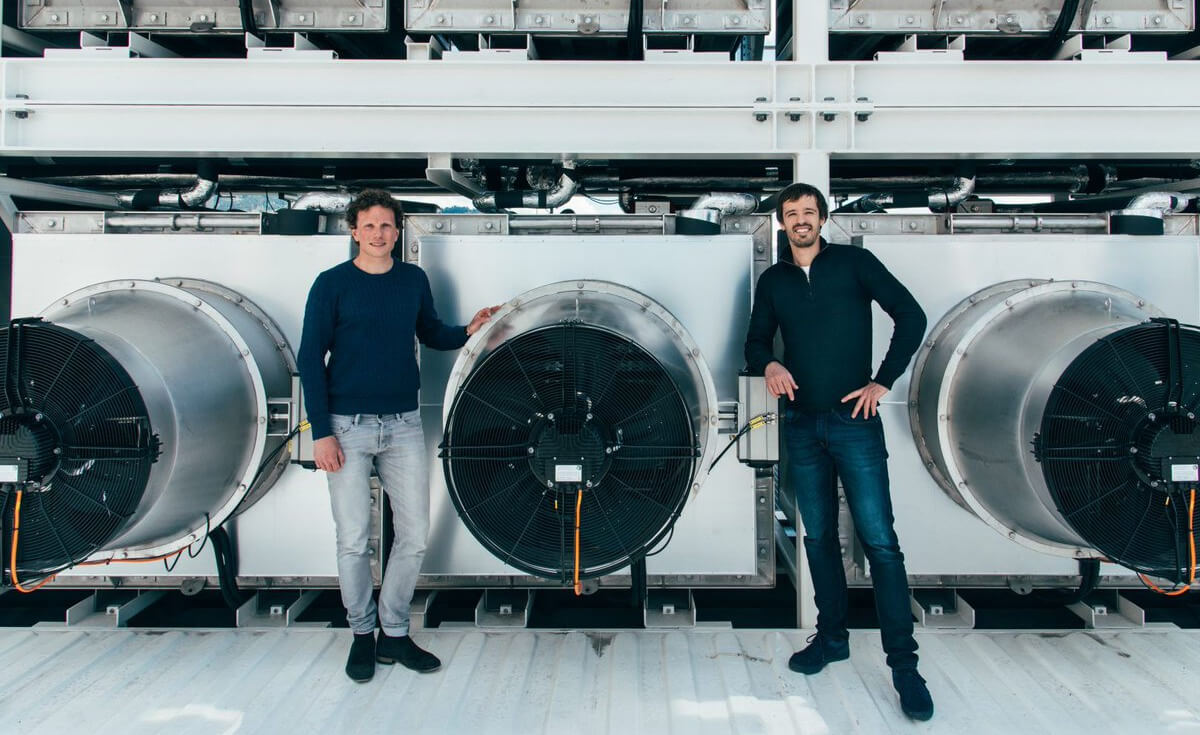
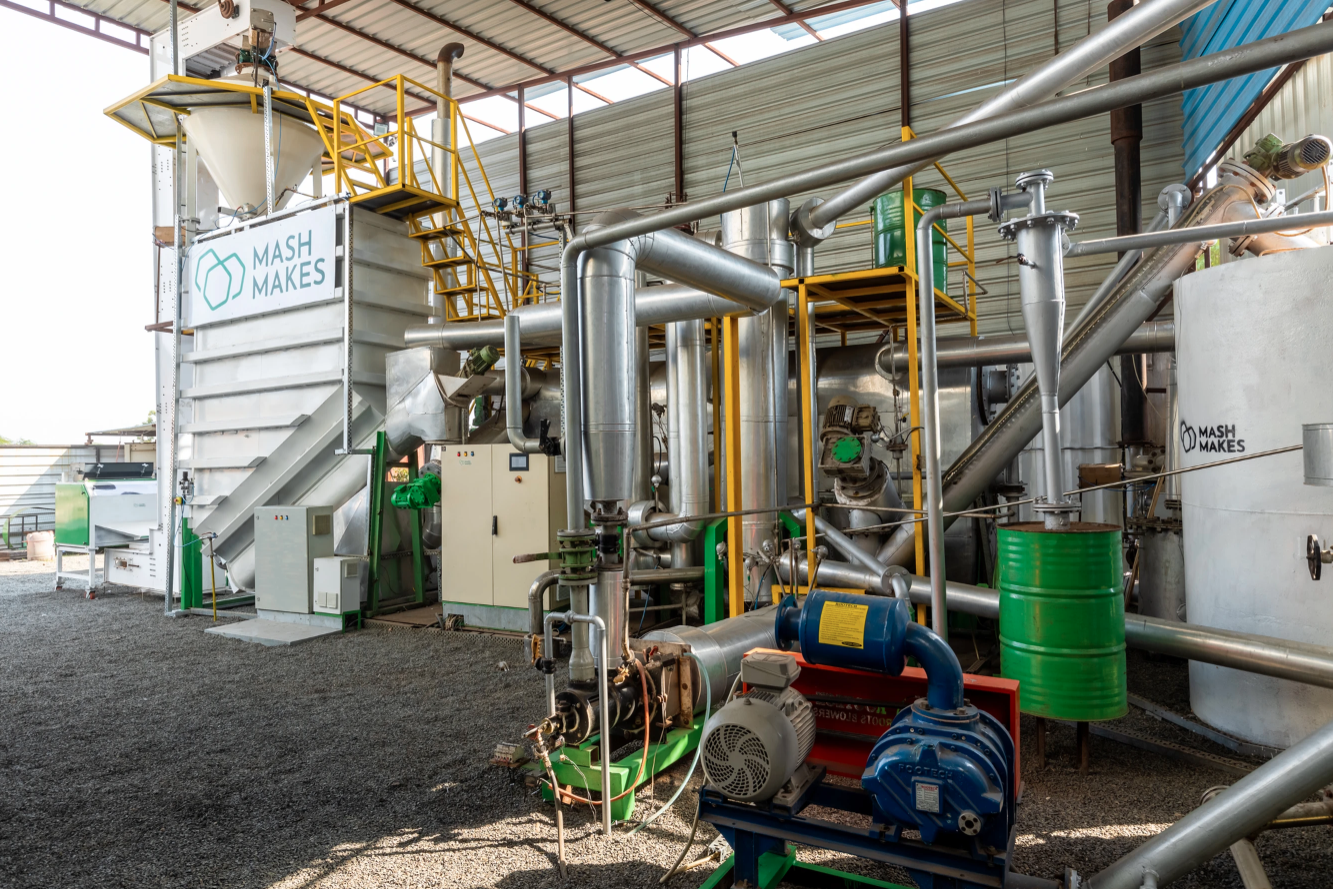



.png)


.png)
.png)


.png)


.png)
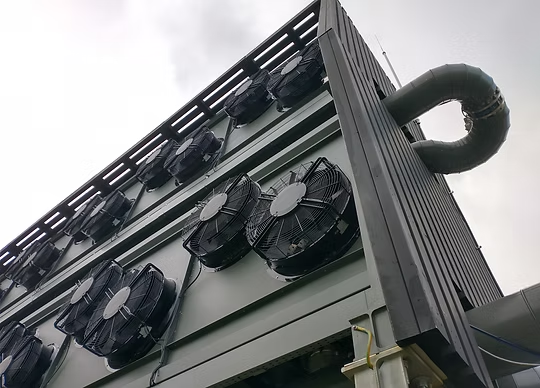
.png)

.jpg)
.png)


.png)
.png)

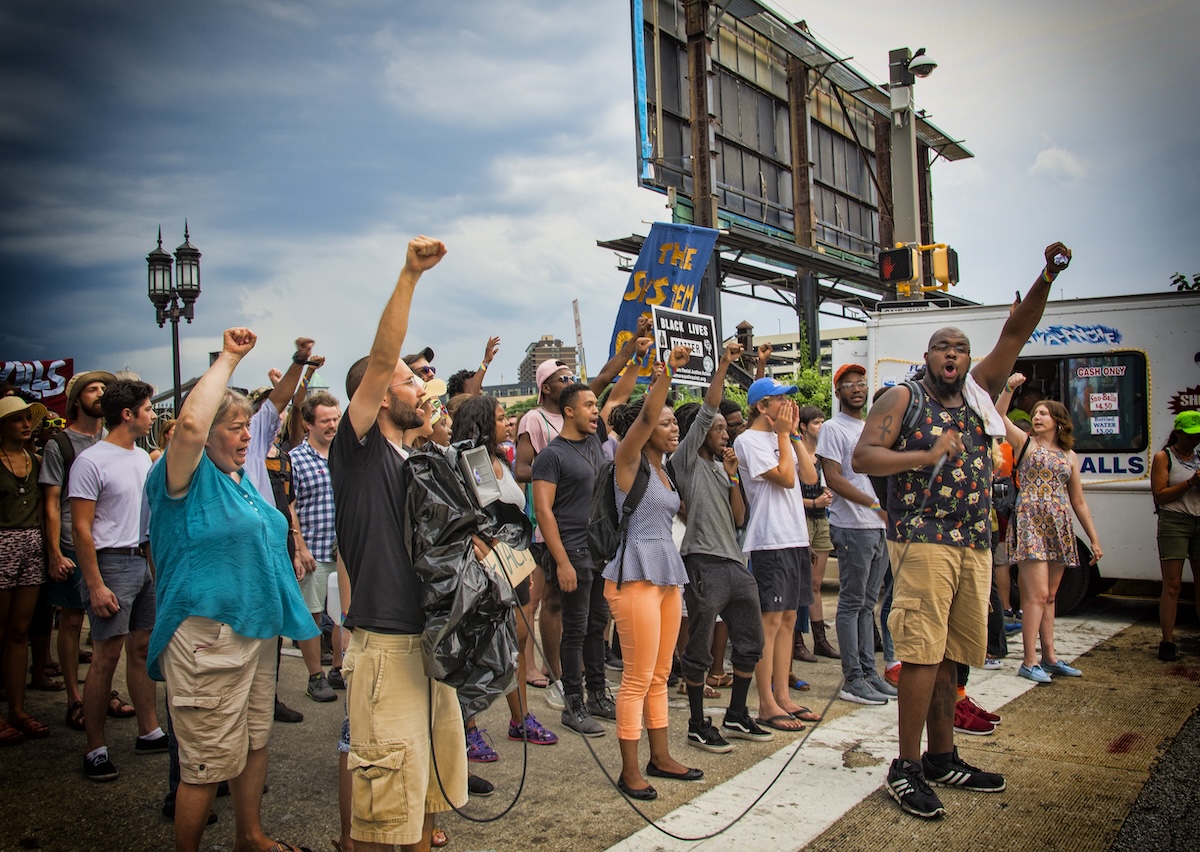
.png)
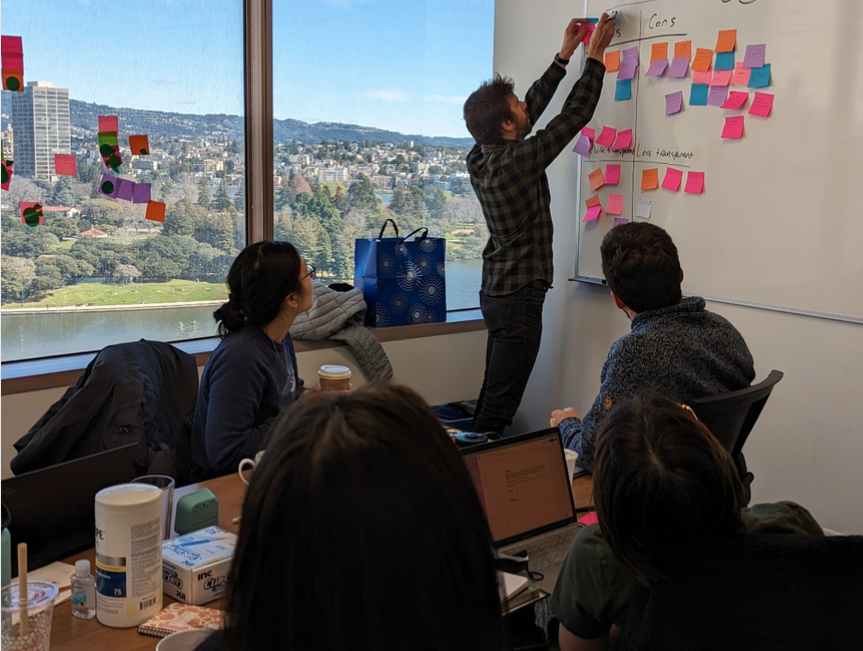

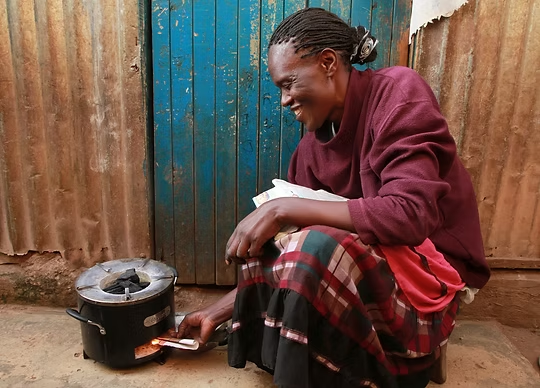
.png)

.png)


.png)

.png)

.png)
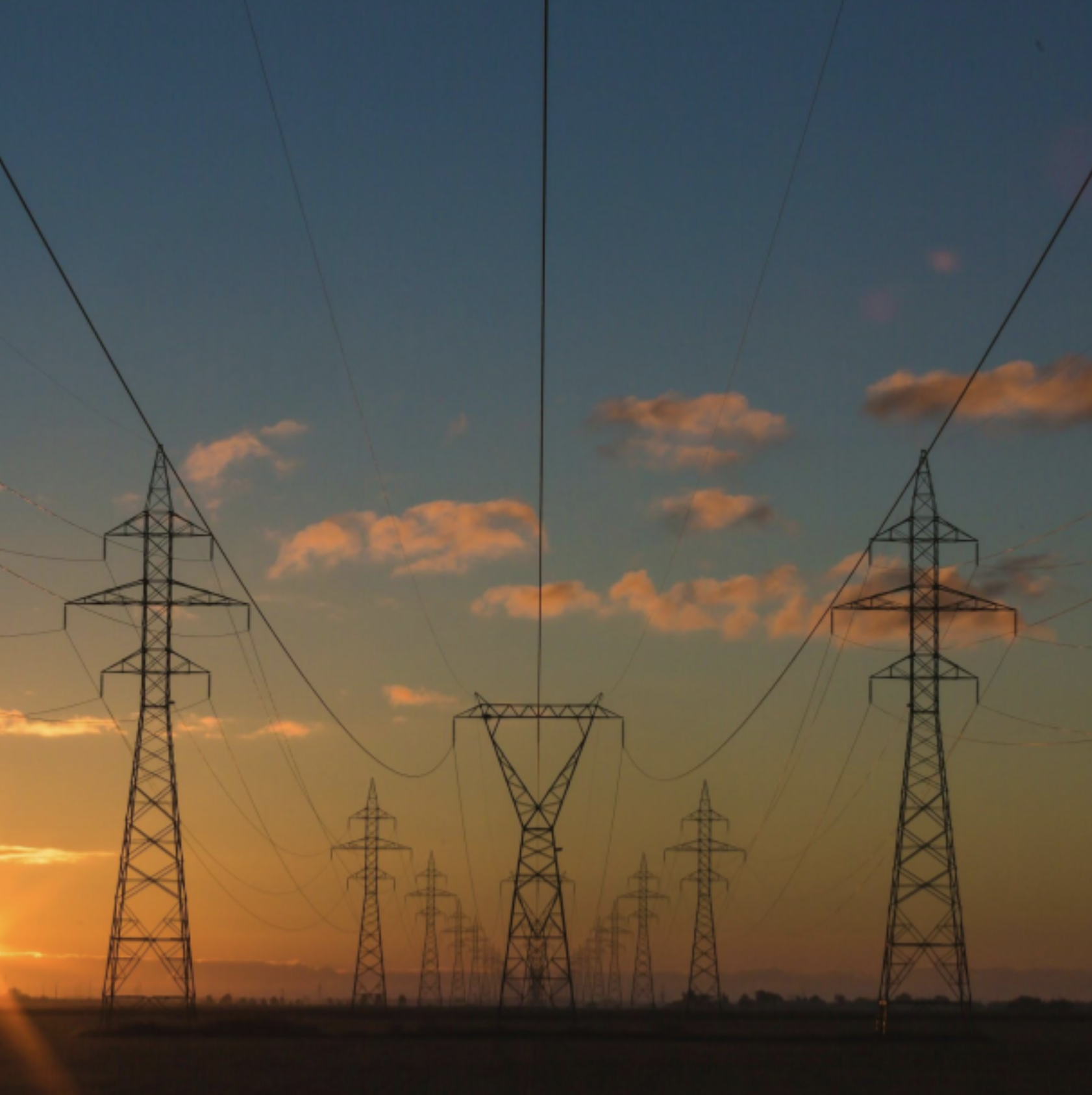
.png)
.png)
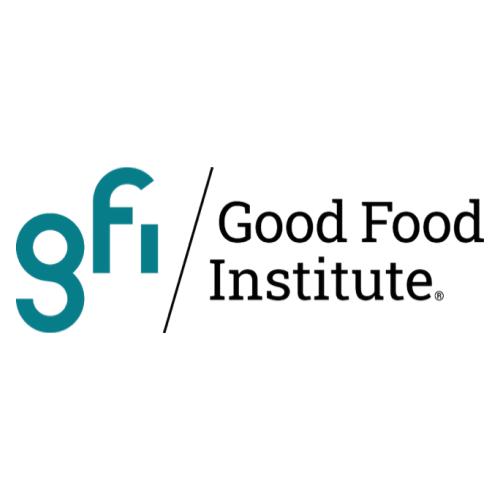
.png)



